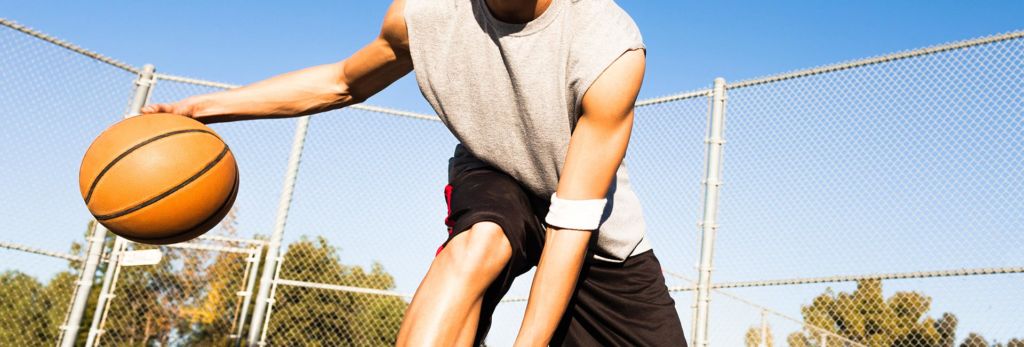Thank you for your question. We’ll do our best to answer it well, but please keep in mind that we are unable to make a specific comment on your condition without a physical exam.
Knee pain during basketball
It sounds like you have tried several wise approaches to addressing your knee pain. Ice, rest, and stretching are all good places to start.
Based on the location of your symptoms and provoking factors, you may have patellar tendonitis, or you may have something like sprained knee or ligamentous instability elsewhere that is causing increased irritation to the outside of the knee. Patellar tendonitis would most commonly feel painful right over the tendon and be painful with squatting and stairs, while an injury to your ligament would feel like your knee sometimes was unstable or “giving out.”
Another possible reason for your knee pain could be abnormal body mechanics at your hip or low back that are putting extra stress on your knee in the positions you mentioned.
Whatever the source, this would likely benefit from further in-person investigation if it is provoked at all by motions you do in basketball (i.e. cutting and pivoting). A physical therapist would be able to assess the tissue around the knee in order to give you a diagnosis, a movement analysis and treatment options as well as a wellness plan individually designed to prevent this and other injuries from occurring. This is best done before the season so that you don’t end up with an injury that grows during the season and eventually keeps you out of play.
Check out our blog Dynamic Warm Ups for Basketball to ensure you’re setting yourself up for success!

Don't let knee pain keep you from your sport!
We are your movement experts and we know the importance of finding the source of your pain or injury! Our passion is to help every patient reach their goals and live an active, pain-free life. Get started with PT today!
